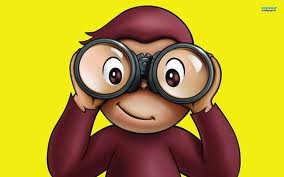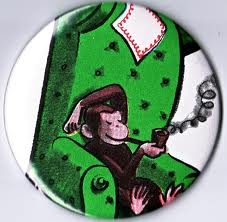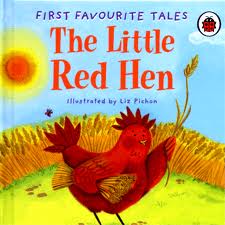“’Now run along and play, but don’t get into trouble.’ George promised to be good. But it is easy for little monkeys to forget.”
Okay, maybe “hate” is a strong word. But I highly dislike him. This series of popular children’s books will not make it into my library.
George is described as a “good little monkey” but in reality, we would never reward his “curiosity” and behavior in our own children. He runs away from his caretaker, takes things that he shouldn’t (what we would call stealing) and in early books he smokes.
He is obviously representative of a child, and the kids who read the books can relate to him. After all, everyone has an impulse to do things that they are told not to do. When he is supposed to wait in line for a toy store opening in “Curious George Visits a Toy Store”, he snuck inside to make a mess. In “Curious George and the Firefighters”, George sneaks away from the tour group to check out the fire station by himself. Each book starts off with him doing something that he should not have.
Instead of taking the “Little Red Riding Hood” approach, teaching that rule breaking is detrimental, Margret and H.A. Ray show that disobeying safety rules will lead to a reward. Time after time, George is praised for doing the opposite of what he is told to do. Consequently, the man in the yellow hat is always wrong, and George made the right decision – after all, the end justifies the means, right?
Don’t get me wrong, thinking outside the box is a good thing and curiosity is a valuable trait. But George is not the kind of curious I want my daughter to be. When she explores something, it should be in the safety of our backyard, not sneaking off to someone else’s property. In books, neighbors are always nice, but there are some people I do not want her taking candy from. The world is not a safe place for kids who wander off in grocery stores, malls, or zoos. We need to teach children the boundaries of living in our crazy world, and implement basic rules.
When speaking about George in the past, parents tell me “Oh, kids don’t understand that! They don’t see what you see!” Well, kids are sharp, and when there is a clear pattern of Rule breaking=Reward you bet they see a connection. Children are smarter then we think. They are trained to see lessons in stories.
This is not a lesson worth teaching.






